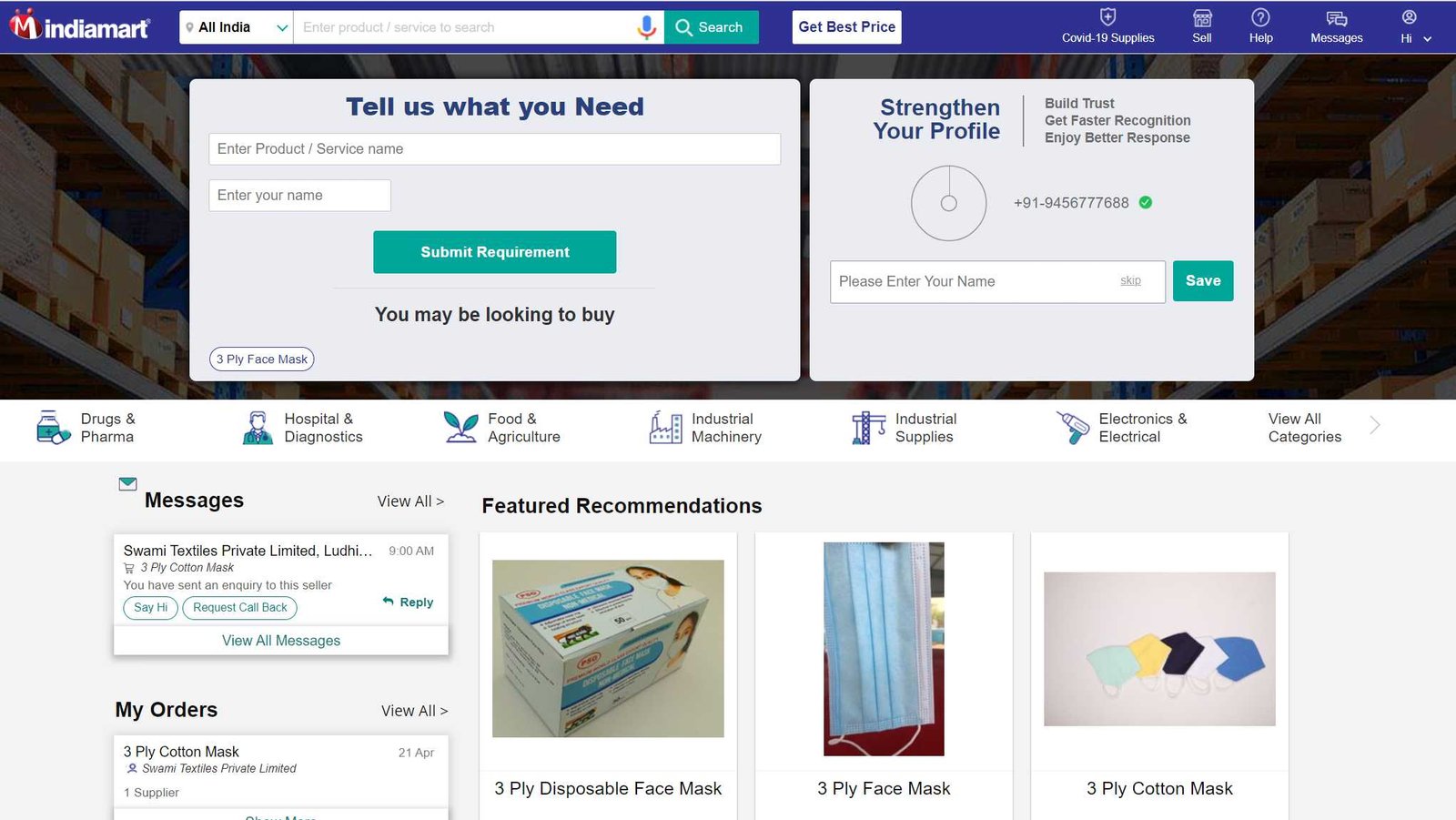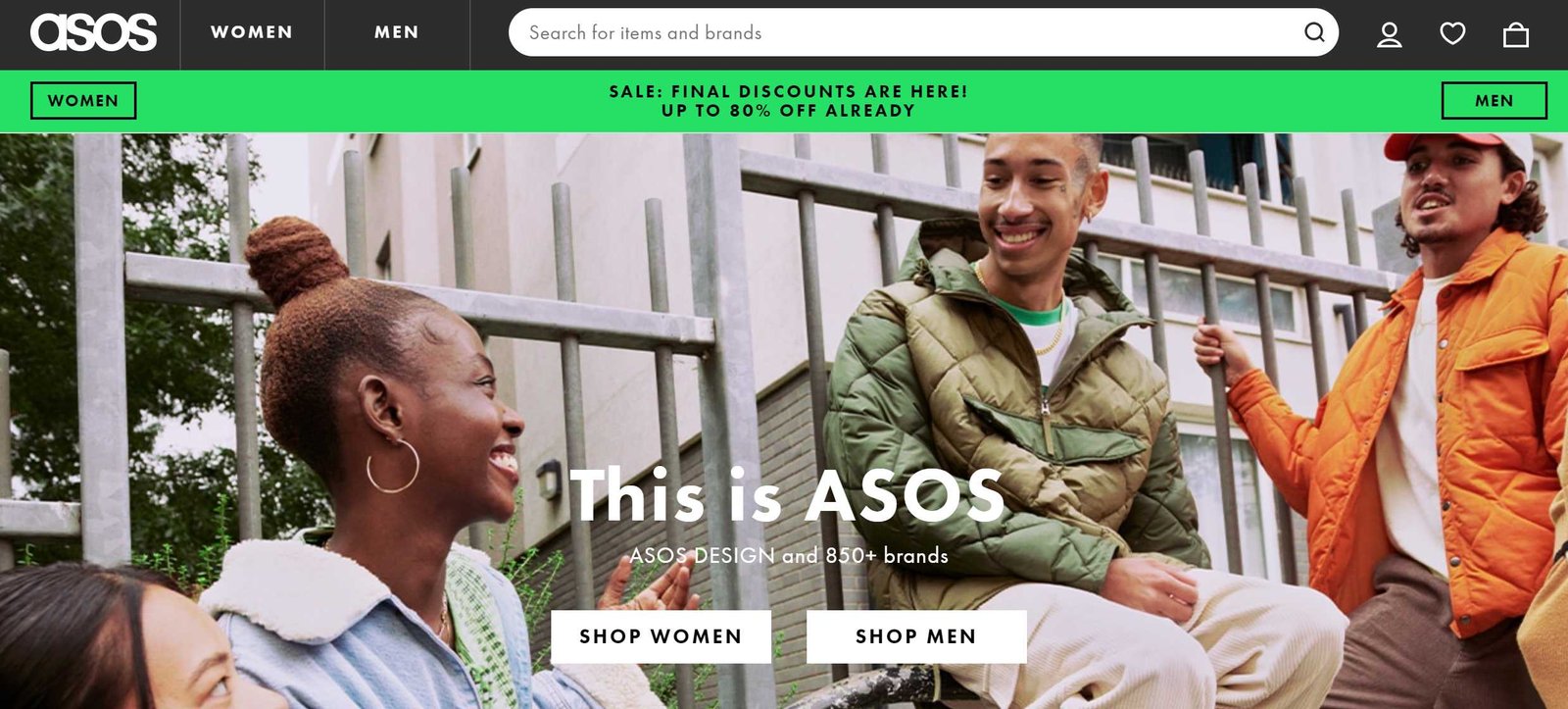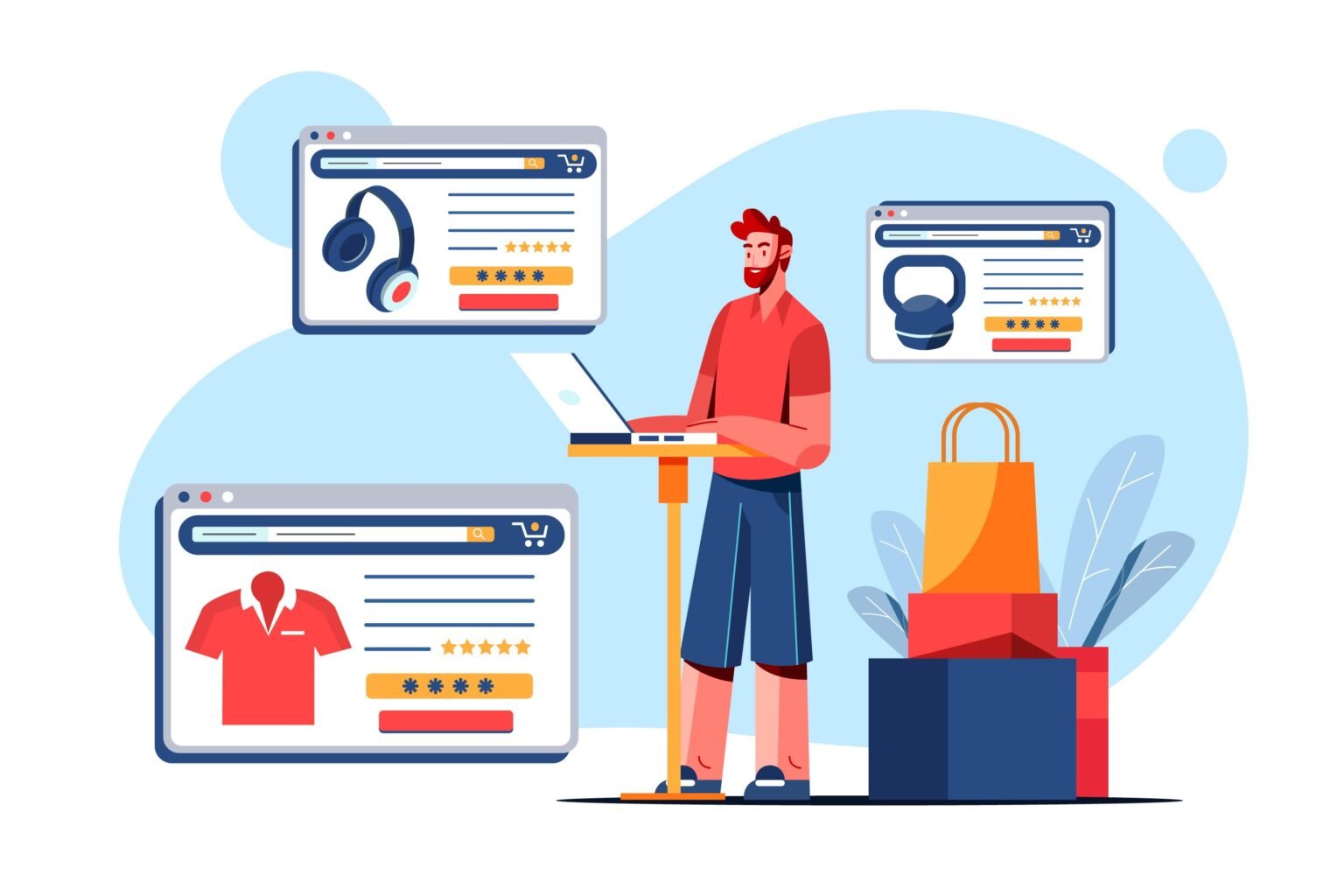
Everyone has heard and knows about Alibaba and Amazon. One is a Chinese ecommerce giant and the other is an American multinational entity. Both are known for their digital sales, but there is one thing that makes them very different.
Alibaba is a primarily Business to Business (B2B) shopping platform whereas Amazon is a Business to Consumer (B2C) platform. They both sell, but to different audiences, with completely different business models in place. What separates the two? Let’s take a deep dive into what makes B2B ecommerce different from B2C or retail ecommerce.
THE REAL DIFFERENCE BETWEEN B2B AND B2C
In a B2B business model, a business, that is a manufacturer or wholesaler, sells their products to another business, usually a retailer. While in a B2C business model, the same retailer then sells these goods to the end-consumers. And there are several differences here, right from the expectations of the customers, the margins on products, down to the quantity ordered and even the method of shipping these products.
YES, THIS MEANS THEIR ECOMMERCE WEBSITES NEED TO BE DIFFERENT TOO
As both business models serve different sets of target groups, their ecommerce websites are developed differently too. As the top ecommerce website development company in Ahmedabad having provided ecommerce website solutions to some of the biggest brands across the country, we’ve listed down the top 7 differentiators between B2B and B2C websites:
CURATED HOMEPAGE
The homepage of a B2B website has a simple, clutter-free design with a focus on the products being sold, accompanied by highly informative product details, alongwith SKUs (Stock Keeping Unit) and reference images. These modules often have a quick order system for buyers who already know the product name or its SKU code.

In comparison, the homepage of a B2C website has a lot going on. The design is usually intriguing and engaging, with multiple entry points for exploring the product range. The content is quirkier to create desire for the customer to explore the products some more. Often discounts and special offers are highlighted to push the website visitors to buy.
TAILORED CONTENT AND IMAGES
The content on B2B websites focuses on providing a lot of information about the product to the visitor, since the target groups here are typically business owners, purchase managers, stockists, etc. who evaluate and compare on the basis of detailed buying guides, demo videos, and in-depth articles. The idea is to give the buyer all the information they could want before placing a bulk order.

On B2C websites, the content is tailored to grab eyeballs of visitors with short, enticing and catchy headlines accompanied by multiple high resolution images of the product. Often the images for product images are highly styled and sometimes they will make use of models too, for increasing engagement and relatability. In addition, the content champions the discounts offered, favourable customer reviews and its striking features to convince the buyer to make a purchase decision pronto.


